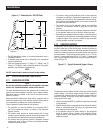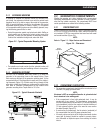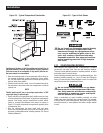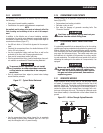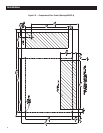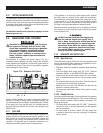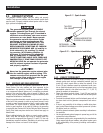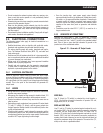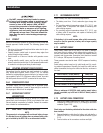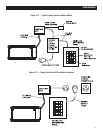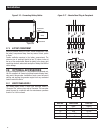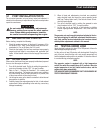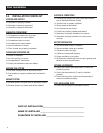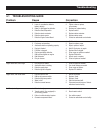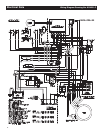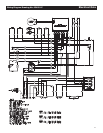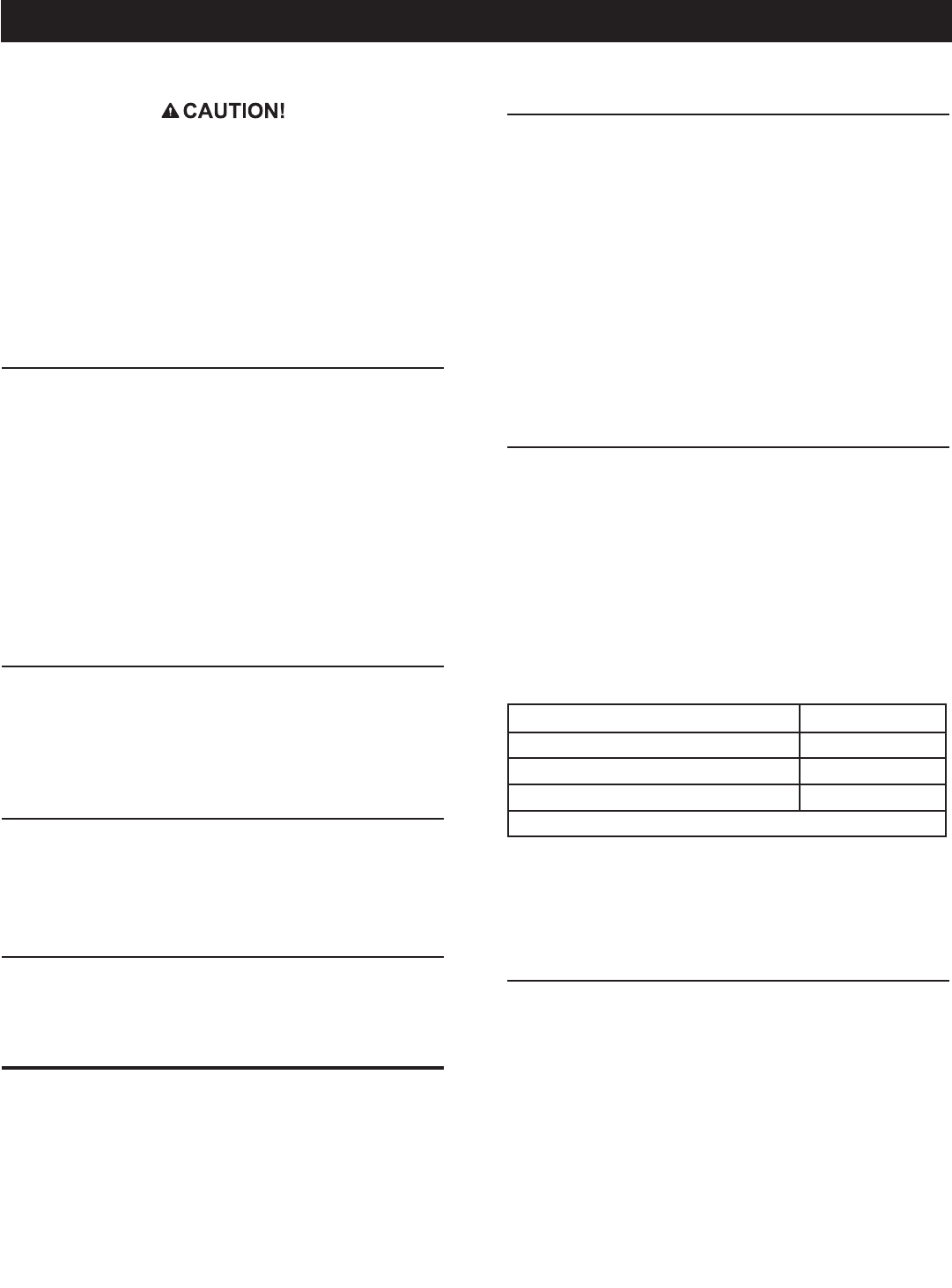
30
Do NOT connect electrical loads in excess
of any circuit breaker rating or problems will
develop with circuit breaker tripping, which
causes a loss of AC output. Also, do NOT
exceed the generator's rated wattage capac-
ity. Add the watts or amperes of all lighting,
appliance, tool and motor loads the generator
will operate at one time. This total should be
less than the unit's rated wattage/amperage
capacity.
2.6.4 CONDUIT
Route the connections between the generator and the junction box
through approved, flexible conduit. The following general rules
apply:
Cut wiring to the required length and allow extra wire for junc-•
tion box connections.
Carefully prepare conduit ends to prevent sharp edges from •
cutting through wiring insulation.
Route conduit so it does not interfere with generator move-•
ment.
If using metallic conduit, vapor seal the end of the conduit •
where it enters the junction box. Do this because flexible metal-
lic conduit is not vapor proof along its entire length.
2.6.5 ISOLATING DIFFERENT POWER SOURCES
Connections from the junction box must terminate in a double-
pole, double-throw transfer switch (Figure 2.14). An alternate
method for isolating different power sources is by using an isolat-
ing receptacle (Figure 2.15). Whichever method is used, be certain
that both power sources are NOT connected at the same time.
2.6.6 POWER SUPPLY CORD
The power supply cord must comply with all applicable codes,
standards and regulations. It must be large enough to handle the
full amperage to which it will be subjected.
2.6.7 GROUND FAULT CIRCUIT
INTERRUPTERS
The National Electrical Code (NFPA 70, article 551) requires that
ground fault circuit interrupters (GFCIs) on all external and some
internal electrical receptacles be installed. Contact the manufac-
turer or dealer for recommendations.
2.7 BATTERY INSTALLATION
NOTE:
This generator is not equipped with an internal battery charger.
It is intended for use in systems where an external battery char-
ger is installed by the RV O.E.M. or an aftermarket installer.
2.7.1 RECOMMENDED BATTERY
Install a battery that meets the following requirements:
The battery must be a 12-volt, automotive type storage bat-•
tery.
For prevailing ambient temperatures above 32° F (0° C), use •
a battery rated 70 amp-hours and capable of delivering 400
cold-cranking amperes.
For prevailing ambient temperatures below 32° F (0° C), use •
a battery rated 95 amp-hours and capable of delivering 400
cold-cranking amperes.
NOTE:
If the battery is to be used to power other vehicle accessories,
as well as start the generator, a battery with a larger capacity
may be needed.
2.7.2 BATTERY CABLES
Using battery cables that are too long or too small in diameter
may cause a drop in voltage, which causes starting problems. For
the best cold weather starting, the voltage drop between battery
terminals and the generator connection point should not exceed
0.12 volts per 100 amperes of cranking current.
These generators are rated at about 100 DC amperes of cranking
current.
Select battery cables based on (a) cable length and (b) prevail-
ing ambient temperatures. Generally, the longer the cable and the
colder the weather, the larger the cable size must be, as shown in
the chart.
CABLE LENGTH in Feet (meters) CABLE SIZE
0 to 10 (0 to 3) 2*
11 to 15 (3.4 to 4.5) 0
16 to 20 (4.5 to 6) 000
*For warm weather, use No. 2 cable up to 20 feet.
NOTE:
Where a minimum of 1025 CCA (cold cranking amps) battery
current is available, up to 30 feet of AWG #2 battery cable is
permitted.
2.7.3 BATTERY CABLE CONNECTIONS
1. Connect the battery cable from the battery post or terminal
indicated by a POSITIVE, POS or (+) to the lug on the starter
contactor (Figure 2.16).
NOTE:
Check to be sure the battery cable boot for the starter cable has
been installed.
2. Connect the battery cable from the battery post indicated by a
NEGATIVE, NEG or (-) to the frame ground connection (Figure
2.16).
3. Connect cables so the connectors are clean and tight.
Installation



